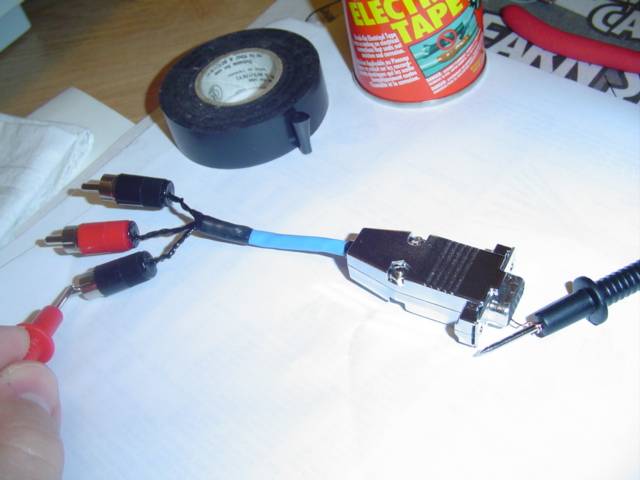
While this is a “solved problem” by industry standards, it poses a number of interesting challenges to the inquiring student. This will be described at greater length after a brief background about the standards and parameters relating to VGA.

However, upon delivery of the CCD camera and studying its output, we observed very quickly that its transmitted signals were not suitable to be converted to VGA in the scope of the remaining time in our 5-week project.

Our ultimate goal, originally, was to stream a live CCD camera to VGA output using our device. Finally, we wanted to render an animation or video to the screen, by means of triggering outputs from SRAM but also writing to SRAM live data simultaneously.Next, we wanted to display color bars or a static image to the screen, by means of triggering RGB outputs from static random-access memory (SRAM).First, we wanted to display color bars on the screen, by means of direct output from the microcontroller to an analog circuit that transformed pin outs to VGA output.We divided our goals for this project into a progression of three different tasks, each building off of the previous one. The project required the researching and understanding the VGA standard of how a picture is displayed on a computer screen, identifying the shortcomings or advantages of the MEGA644 processor in accomplishing this, development and fabrication of the necessary hardware to interface with the screen, and in converting images to a format that can be stored in memory and displayed on the microprocessor. The challenges involved here stem from adapting a general use microprocessor that we are familiar with to a specific task that it may (or may not) be suited to.

This “homemade video card” should be able to connect to any monitor that subscribes to VGA standards with a standard connector and display the desired material reliably. The goal of our project is to create a VGA video adapter.


 0 kommentar(er)
0 kommentar(er)
